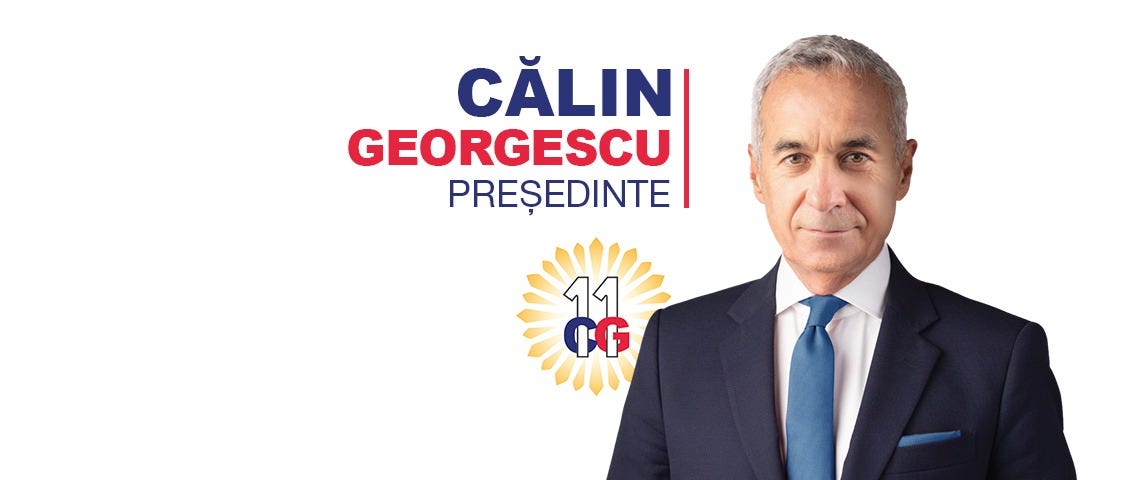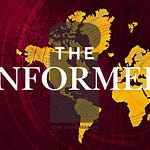The first round of Romania’s presidential election has left the country at a pivotal juncture. In a stunning upset, Călin Georgescu, an independent ultranationalist and critic of NATO, emerged as a leading contender with 22.9% of the vote. His rise not only challenges Romania’s political establishment but also forces the nation to confront fundamental questions about its identity, values, and place in the world.
As the runoff approaches, the choice between Georgescu and reformist candidate Elena Lasconi reflects a deeper struggle—between nationalism and globalism, between tradition and modernity, and between sovereignty and integration.
Georgescu’s surge in popularity should not be dismissed as a mere protest vote. It is a loud and clear message from a significant portion of the electorate: they are tired of the status quo. Rising inflation, a widening gap between urban and rural areas, and perceived overreach by global institutions have left many Romanians feeling alienated and unheard.
Georgescu’s campaign resonated because it offered a narrative of empowerment—of taking back control from foreign powers, reducing reliance on imports, and prioritising Romania’s own needs over international obligations. His viral social media campaign tapped into these frustrations, galvanising voters who saw in him a leader who speaks to their anger and aspirations.
However, while Georgescu’s rhetoric is undeniably powerful, his vision raises serious questions about Romania’s future. His scepticism of NATO and praise for figures like Vladimir Putin may appeal to those seeking an alternative to Western-aligned policies, but they also risk isolating Romania at a time when regional security is paramount.
On the other side is Elena Lasconi, a reformist from the Save Romania Union (USR), who embodies a pro-Western, forward-looking vision. Lasconi champions strengthening NATO ties, supporting Ukraine, and bolstering Romania’s position within the European Union. Her platform reflects a belief in maintaining the alliances that have helped Romania achieve relative stability and growth since joining the EU in 2007.
Yet, Lasconi faces an uphill battle convincing voters that her approach will address the country’s pressing domestic concerns. Her message of reform and international cooperation, while logical and strategic, may struggle to connect with those who feel left behind by Romania’s integration into global systems.
The outcome of this election will have consequences far beyond Romania’s borders. As a NATO member with a 400-mile border with Ukraine, Romania plays a critical role in the regional security architecture. A shift in its foreign policy under a Georgescu presidency could disrupt alliances and weaken NATO’s position in the region.
Domestically, the election also highlights a growing divide between those who embrace integration with the West and those who feel it has come at too high a cost. The choice between Georgescu and Lasconi reflects this tension and will shape the nation’s trajectory for years to come.
As Romanians prepare to cast their votes in the runoff, it is essential to consider what kind of country they want to build. Georgescu offers a vision of sovereignty and self-reliance but risks alienating Romania from its allies. Lasconi promises continued integration and reform but must address the economic and social anxieties driving voters toward populist alternatives.
The challenges facing Romania—economic inequality, regional security, and the pressures of globalisation—demand thoughtful, pragmatic leadership. This election is not just a decision between two candidates but a referendum on the nation’s values and aspirations.
The world is watching as Romania stands at a crossroads. The choice its people make will not only define their future but also send ripples across Europe and beyond. It is a moment of profound importance—one that requires careful reflection, bold vision, and a clear sense of purpose.













